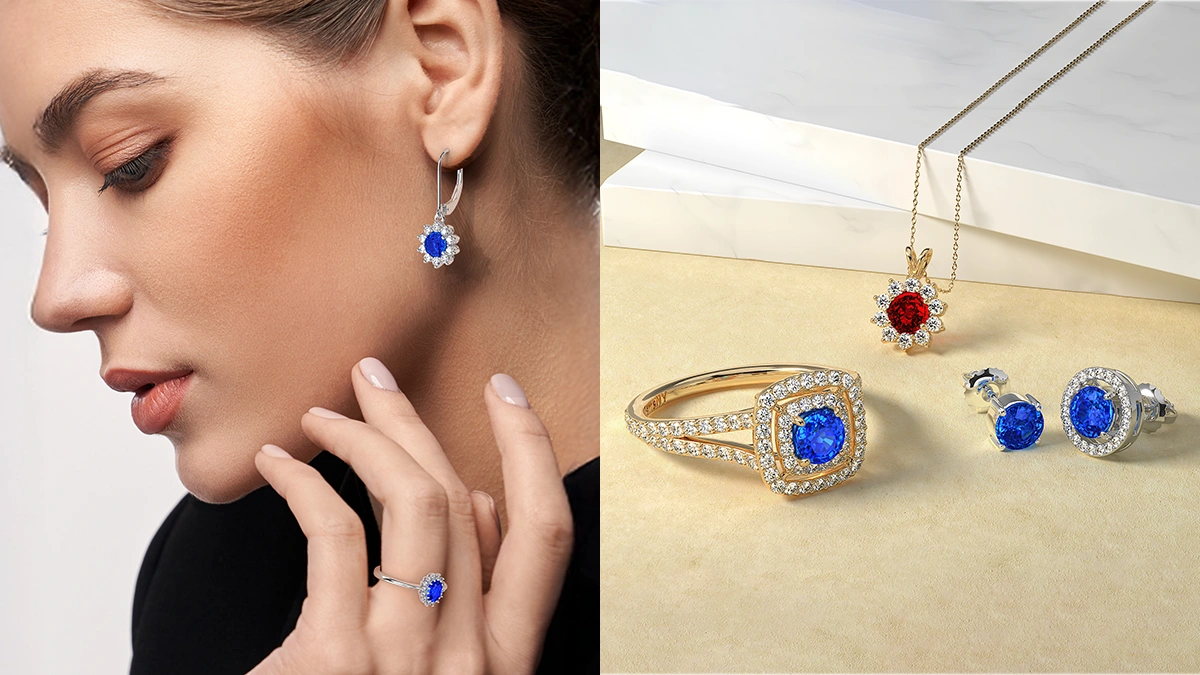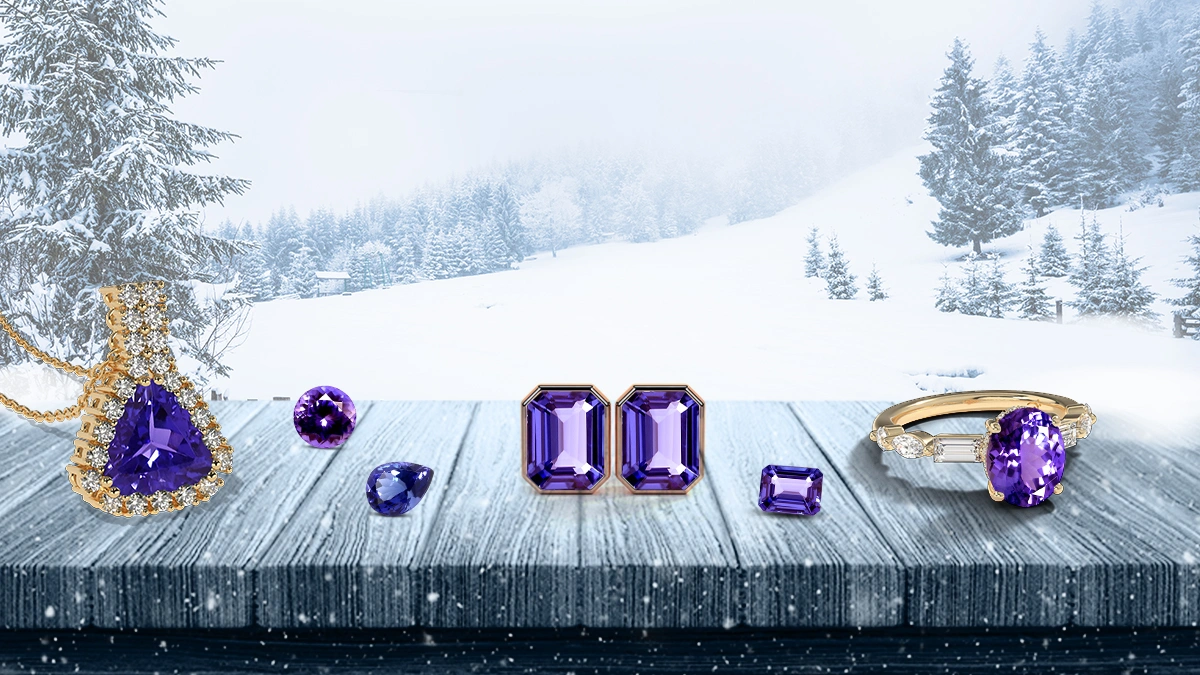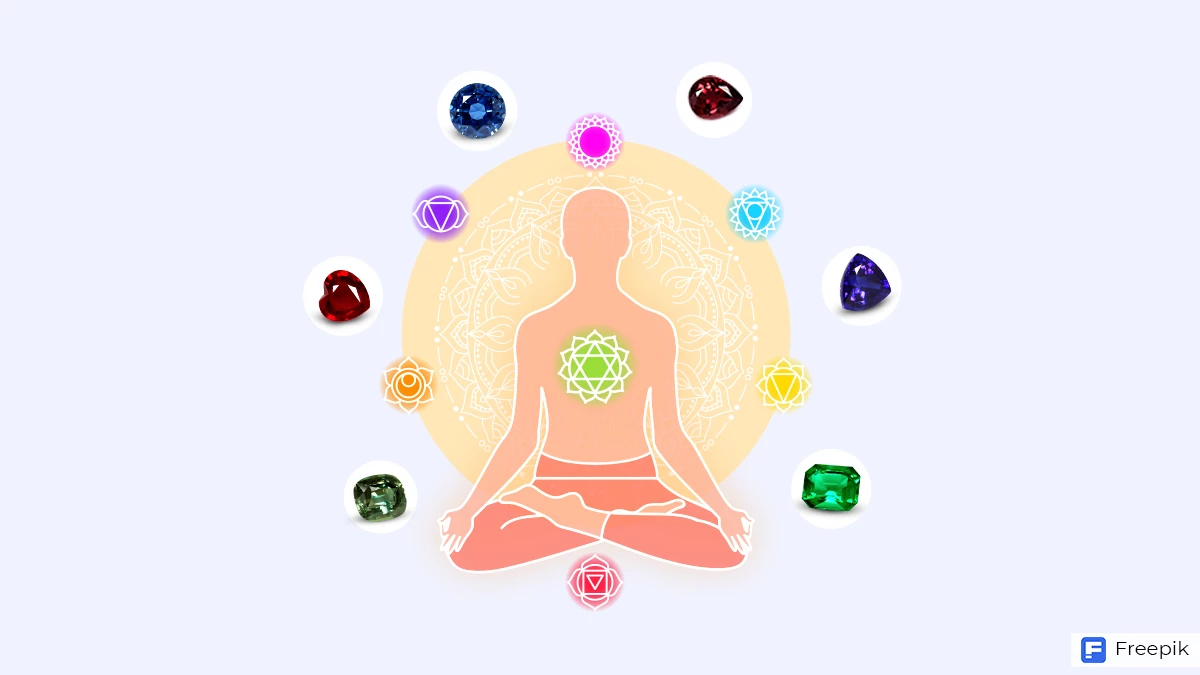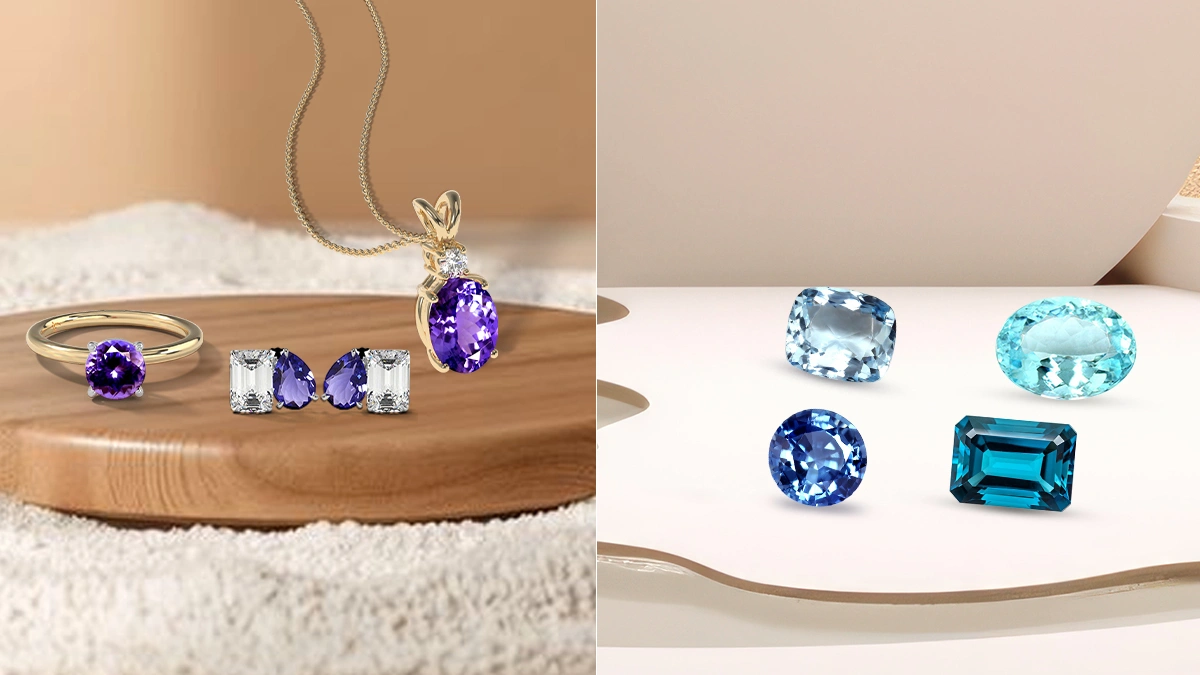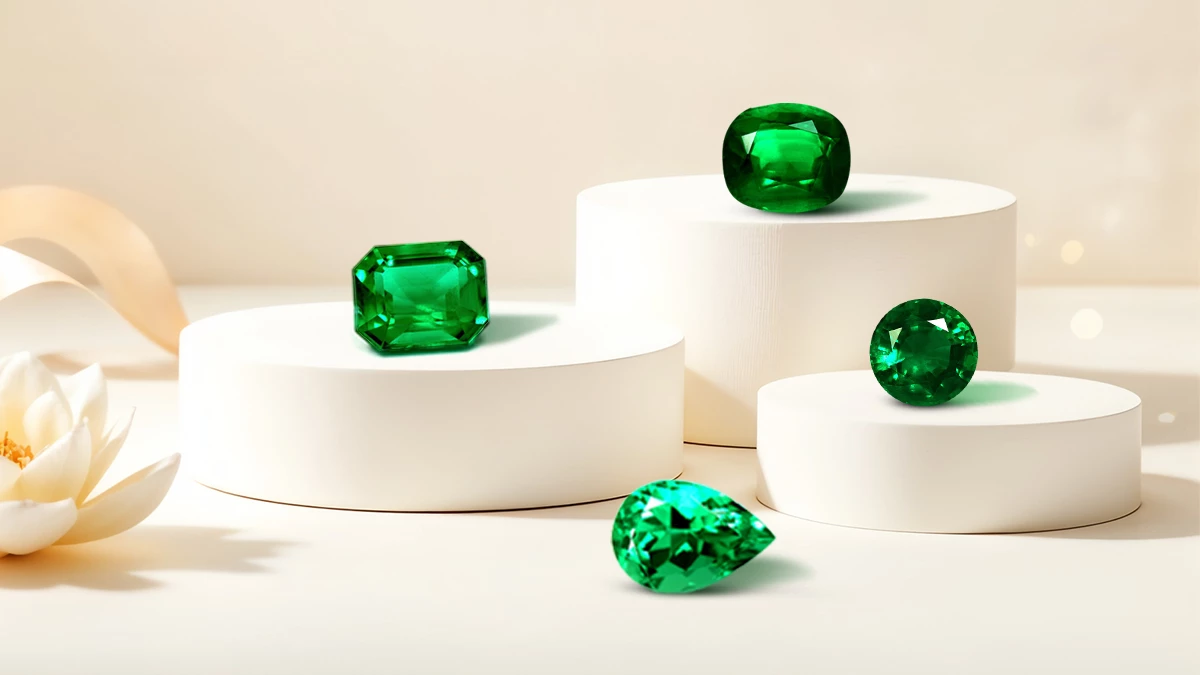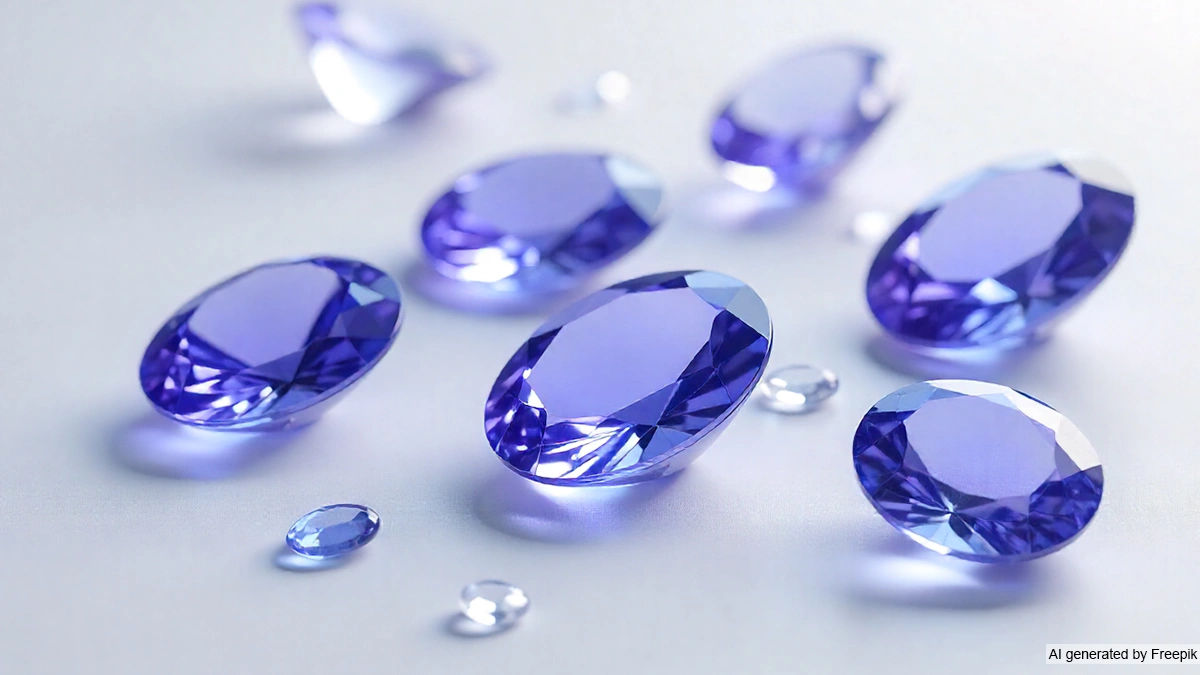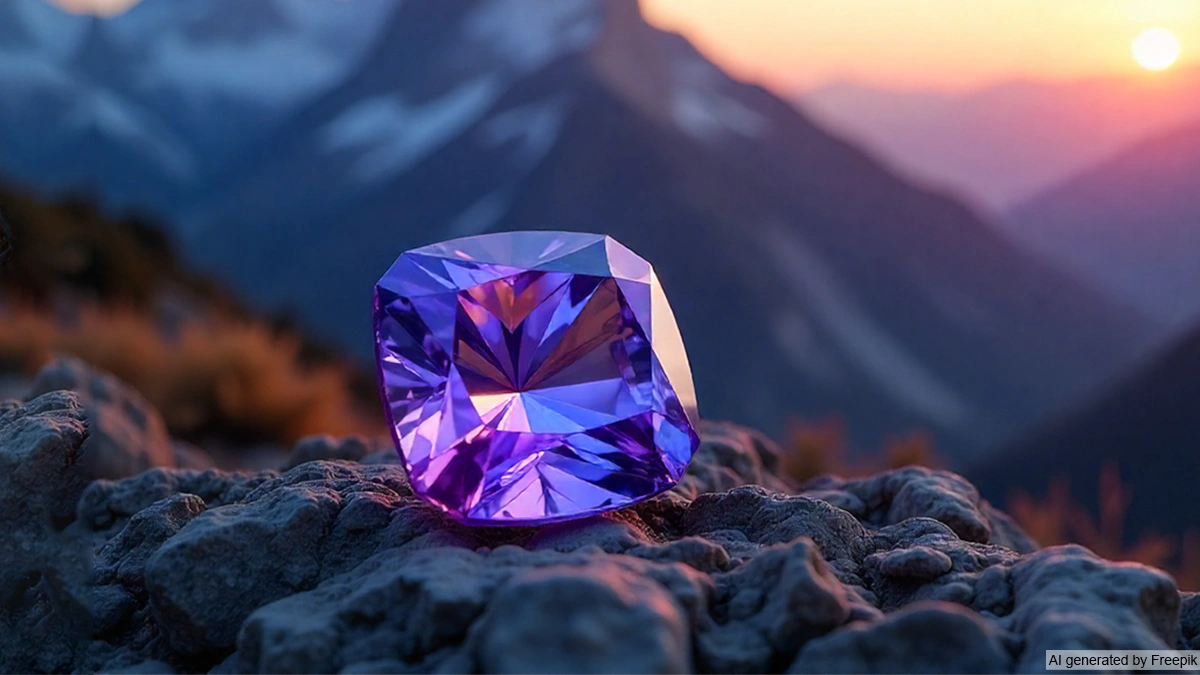We humans have always been fascinated with the mystical origins and marvelous beauty of natural gemstones. While these gems in their raw form are not at all appealing, their real allure lies in their polished appearance. But have you ever wondered how this transformation from a rough, uneven mineral to a polished gem occurs? Well, that’s the magic of gemstone cutting.
Here we throw some light on the steps involved in the cutting and faceting of rough stones. Let’s explore the step-by-step journey into the world of gemstone cuts.
Understanding Gemstone Cutting
Gemstone cutting or lapidary is the art of shaping and polishing rough chunks of mineral into sparkling faceted gems.
This highly skilled task is performed by gemstone cutters or lapidists using specialized tools and polishing techniques.
The minerals found in nature’s lap are merely chunks of rocks, displaying pale hues devoid of natural sheen. Gemstone cutting brings out the radiance of the stone by letting the light play inside it.
Likewise, polishing gives a smooth finish to the external surface of the stone, making it shinier. All in all, finely executed gemstone cuts promise maximum brilliance while concealing inclusions as much as possible.
Some of the most commonly employed gemstone shaping techniques are—grinding, cabochon cutting and faceting.
Gemstone grinding uses grinding wheels to shape the rough stones by removing excess minerals from them. Cabochon cutting is mostly for opaque stones or those with peculiar patterns. It involves smoothing the top surface of the rough, creating a dome shape.
Finally, faceting means cutting and polishing the rough to create facets or flat surfaces on the surface of the stones.
In the next few sections, let us closely understand how the rough crystals are furnished into polished gems.
1. Retrieving the Rough Stones
The process of gemstone cutting and faceting begins with retrieving rough stones from different locations. These roughs take different forms depending on their origin.
For instance, roughs extracted from mines appear as solid mineral rocks. On the contrary, alluvial gems appear as soft pebbles eroded by environmental elements.
2. Determining Gemstone Shape
The next step is ascertaining the shape and size of the rough stones to determine final gemstone cuts.
Here, other factors such as color zoning or presence of inclusions are also taken into consideration. Standard sizes work for the commonly occurring stones.
However, when it comes to rare and fine roughs, gemstone cutters prefer preserving the original shape and size.
Wondering why? Well, that’s because fine gems command high prices in the market. As such, retaining maximum material during gemstone cutting means maintaining maximum carat weight and price of the stone. More cutting would eventually lead to a smaller sized gem, which also means low value.
But maintaining maximum carat weight is just not enough. Imparting good proportions to the rough and achieving symmetrical facets is equally necessary.
After all, only a finely carved stone returns maximum light, exhibiting brilliance that is truly spellbinding.
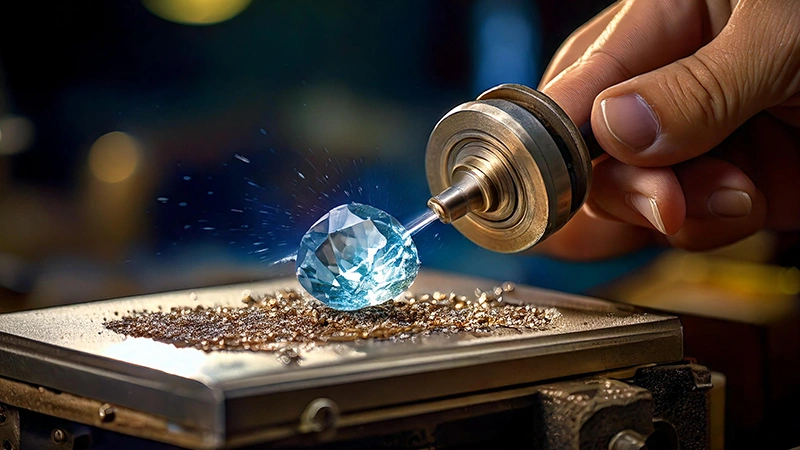
3. Planning the Gemstone Cut
After determining the primary shape of the rough stone, the next phase in gemstone cutting is planning the gemstone cut.
The gemstone cutter inspects the stone from various angles to determine which of the many gemstone cuts would be the most suitable. The ultimate aim is to intensify the brilliance of the gemstone to get the best price for it.
The gemstone cutter first looks for intense inclusions in the stone & then at the color distribution. Accurate and consistent color distribution equally influences the gem’s appearance for which any color zoning or banding is identified.
Yet another crucial step here is to determine the position of the table (top) and pavilion (bottom) of the gem.
Finally, after completing the inspection, the gem cutter may slice the rough accordingly to discard extra mineral content. They may also use a lap to get rid of included parts of the rough. This cleans up the gem to make it ready for the next step.
4. Preshaping & Dopping
In this step of the gemstone cutting process, lapidists perform two tasks.
The first is preshaping the rough, i.e. giving it a primary shape before finally faceting it. Here, the gemstone cutter finely grinds the rough on a lap which is a spinning wheel coated with diamond power.
This requires highly meticulous skills since the cutter must hold the rough in his hands during the entire procedure.
The second task is dopping. In this, the pre-shaped stone is attached to a dop, a metal rod, using specialized dopping wax.
A handheld faceter gives enough room to the cutter to explore the facets of the gem more finely and securely.
5. Faceting
Let’s now discuss the most significant process in gemstone cutting guide—faceting the rough and revealing its brilliant charm.
The process involves carving beautiful facets on the table and the pavilion of the stone. To do so, grinding lap is replaced with a faceting lap covered with finer diamond powder.
The gemstone cutter precisely places each facet on the stone considering the height, angle and index triangle.
The height defines the depth of each facet whereas angles determine the plane for the same. The index triangle, on the other hand, specifies the position of the facet on the gem.
The facets on the crown become the lens for attracting the light on the pavilion of the stone, acting as reflector.
Once the light reflects inside the gem, it travels back to the crown and reaches the onlooker’s eyes. A finely faceted gem captures light from every corner and reflects it at its best.
There are primarily two techniques for faceting gemstone cuts, one is traditional hand faceting and the other is machine faceting.
The former takes less equipment but more skill and time to produce any form of artistic patterns. The latter, on the contrary, utilizes specialized equipment to produce precise but mechanical designs.
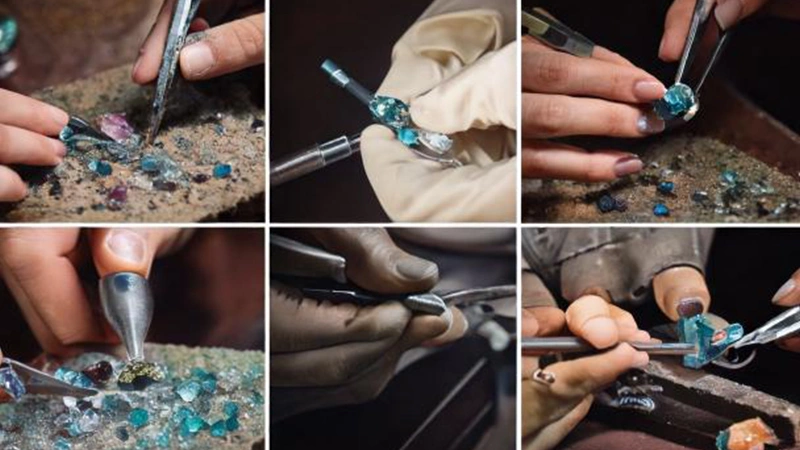
6. Polishing
Finally, we have reached the last step of the gemstone cutting process which is polishing the faceted gems.
A polished gemstone is at the prime of its beauty, exhibiting the best of its color, clarity and brilliance.
To achieve this, a very fine polishing lap coated with much finer diamond powder is used to polish individual facets.
The gemstone cutter uses suitable polishing techniques as per the type of gemstone cuts. Also, they are extra careful at polishing each facet evenly to get a symmetrically reflective finish.
This imparts a uniform lustrous appeal to the stone while enhancing its ability to reflect and refract light.
Common Challenges During Gemstone Cutting
Even when the gemstone cutting process is followed rigorously, several things may actually go unplanned.
Take for instance mishandling of the rough on grinding equipment during the preshaping process. If not handled properly, the invisible stress fractures inside the rough may shatter the stone into pieces.
This may cause huge losses, especially in case of fine gemstones. Then, maintaining the accurate balance between the shape and angles of the stone while retaining its weight is equally challenging.
Also, exploring different gemstone cuts is not as easy as it seems. Windowing or light leakage during the faceting process is one of the most common things to go wrong.
This happens when the cutter cuts the pavilion of the gem too deep. It leaves unreflective patches on the stone, making it appear dull and unattractive.
Conversely, cutting the pavilion too shallow causes the light to reflect back early, thus reducing the brilliance of the stone. To avoid these issues, it’s essential for the gemstone cutter to identify the critical angles for each gem.
Conclusion
The process of gemstone cutting and faceting might be extensive but the end result is always satisfying.
If you are also looking for fine gemstones, here’s your chance to grab some at the best prices. Browse our loose gemstones section for a stunning array of precious and semi-precious gems in various cuts and sizes.
Buy them today and set them later in any piece of jewelry, from rings and earrings to necklaces and bracelets. Use our make-your-own jewelry feature or go for custom-made jewelry. Share your buying journey on GemsNY reviews to help others make an insightful purchase.
Also read: How to Get Maximum Discount During Holiday Season?

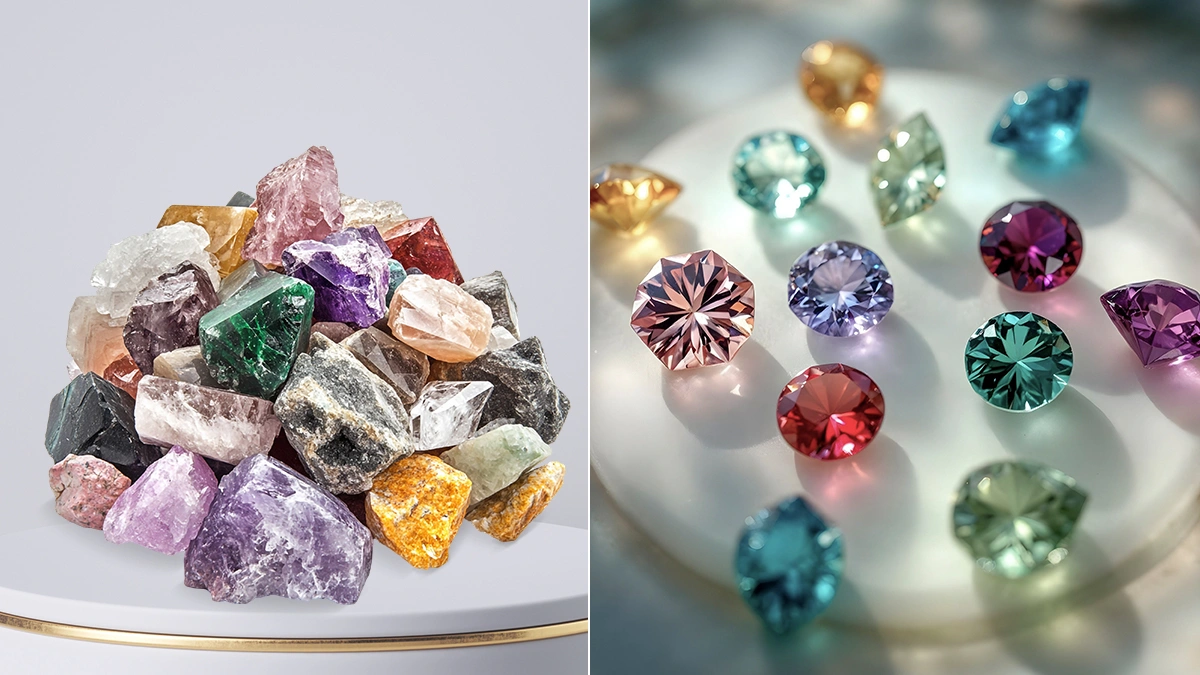
-25442.webp)
